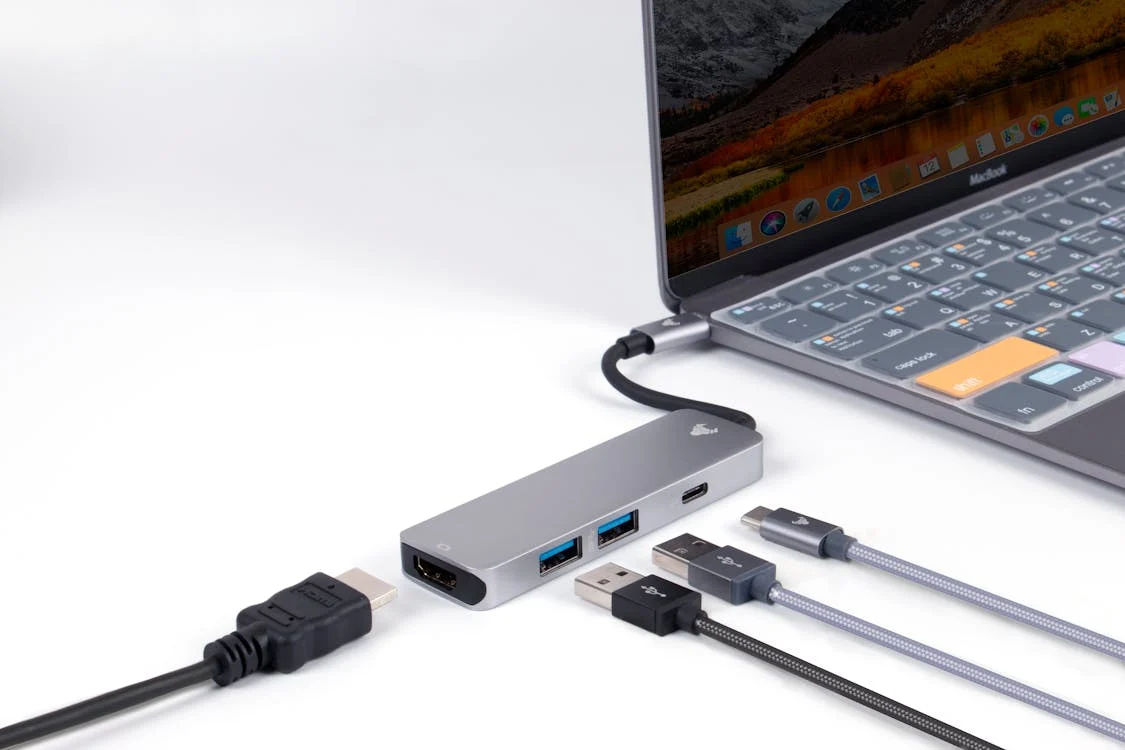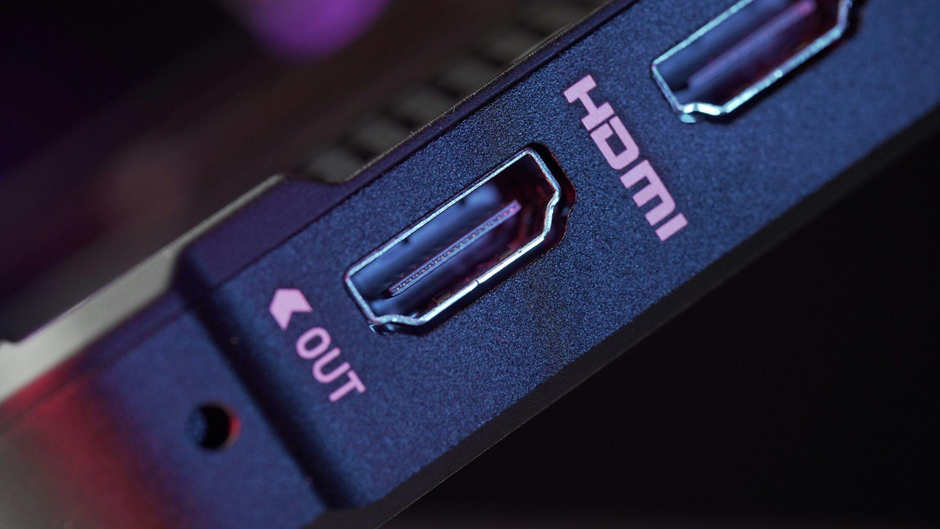Speed, adaptability, and locally inspired standards are quickly becoming must-haves in the digital communication space. You might be startled to discover about the General Parallel Multimedia Interface, or GPMI, which China is currently introducing as a competitor to big brands like HDMI and DisplayPort. Sure, it might seem like it’s all about TVs and monitors at first glance, but trust me, its effects spill over into everything: from your binge-watching sessions and intense game rounds to business setups and everyday trends.
China’s aim to rely less on Western technology is more than just a technological update; it’s a plan that could transform how we consume high-resolution material across several displays. We’re looking at a move that might not only change the way firms develop technology, but also quietly affect our digital habits.
A Shift in Display Tech and Its Impact
Consider this: HDMI and DisplayPort have been the standard solutions in nearly every device, from smart TVs and game consoles to laptops and billboards. Now, GPMI adds a twist by delivering a local solution that allows Chinese producers greater design and supply options.
And what does that mean for someone just trying to enjoy smooth visuals on their favorite game or movie? Quite a bit, really. Imagine gaming on your PC with visuals that just flow or streaming movies on your phone without that annoying pause. For gamers, less latency and a faster refresh rate can make a big difference if you’re in the middle of a Call of Duty match or if you want to test your skills in blackjack at a live online table.
From Everyday Tech to a Global Change
Beyond just speeding things up, GPMI suggests a broader trend—a shift toward tech that’s built around local conditions. It’s not only about avoiding expensive foreign license costs or stringent proprietary laws; it’s also about adapting systems to a country’s specific roadmap and production capabilities. This concept is popular among both industry specialists and regular users.

Think of it: frequent travelers, digital nomads, and even those of us who just want things to work without fuss are starting to demand connectivity that’s reliable in any setting. With promises of a lighter feel and faster connections, GPMI may eventually reduce the need for multiple adapters and difficult workarounds.
Content creators and tech buffs should be watching too. Faster data handling and smoother media output could mean streaming 4K tutorials or shooting mobile-first videos without annoying stutters or sync issues. In many cases, it’s tech designed to keep up with real-world creative urgency.
Looking Ahead
Though GPMI is still in its early, rather rough-around-the-edges stages, its introduction reflects a larger, worldwide shift toward more varied ICT infrastructures. In a world dominated by streaming, digital media, and live communication, those cables and connectors—often taken for granted—are in fact really important.

As more consumers demand high-resolution, responsive experiences on all platforms, this local innovation is likely to spread beyond China’s borders. No matter if you are a tech fanatic, a first-time user, or just someone tired of glitches during your favorite show, GPMI could be the new standard to watch. Your next screen might soon be sparked by GPMI—sooner than you’d ever guess.


